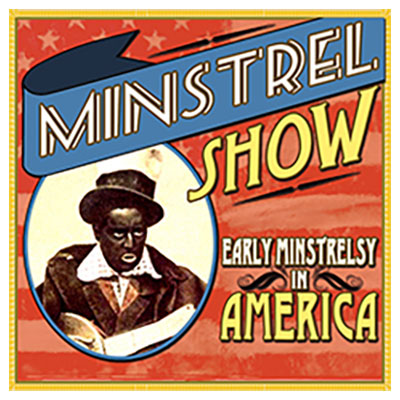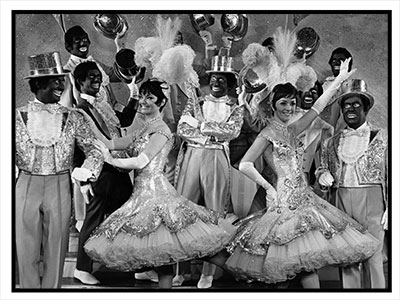 |


And there ain't nothing quite as sad
As watching your heroes die
One by one as they fall
Soon there'll be no heroes at all!
Who's going to fill their shose?
 |
|||
Minstrel show, an American theatrical form, popular from the early 19th to the early 20th century, that was founded on the comic enactment of racial stereotypes. The tradition reached its zenith between 1850 and 1870. Although the form gradually disappeared from the professional theatres and became purely a vehicle for amateurs, its influence endured—in vaudeville, radio, and television as well as in the motion-picture and world-music industries of the 20th and 21st centuries.
Minstrel troupes composed of Black performers were formed after the American Civil War, and a number of these, including the Hicks and Sawyer Minstrels, had Black owners and managers. Some, such as Callendar’s Consolidated Spectacular Colored Minstrels, were popular in both the United States and Britain in the late 19th and early 20th centuries. Initially these shows were staged by all-male companies that included male alto and soprano singers. The larger Black minstrel shows included bands of multitalented instrumentalists to play marches for the troupe’s parades in the daytime and perform string accompaniments for the evening shows. In addition to some music by Stephen Foster, their repertoire featured music by Black composers such as James Bland, a popular singer-banjoist who wrote some 700 songs, including “Carry Me Back to Old Virginny.” In general, these minstrel shows were the only theatrical medium in which gifted Black performers of the period could support themselves. |
 The earliest minstrel shows were staged by white male minstrels (traveling musicians) who, with their faces painted black, caricatured the singing and dancing of slaves.
The earliest minstrel shows were staged by white male minstrels (traveling musicians) who, with their faces painted black, caricatured the singing and dancing of slaves. 